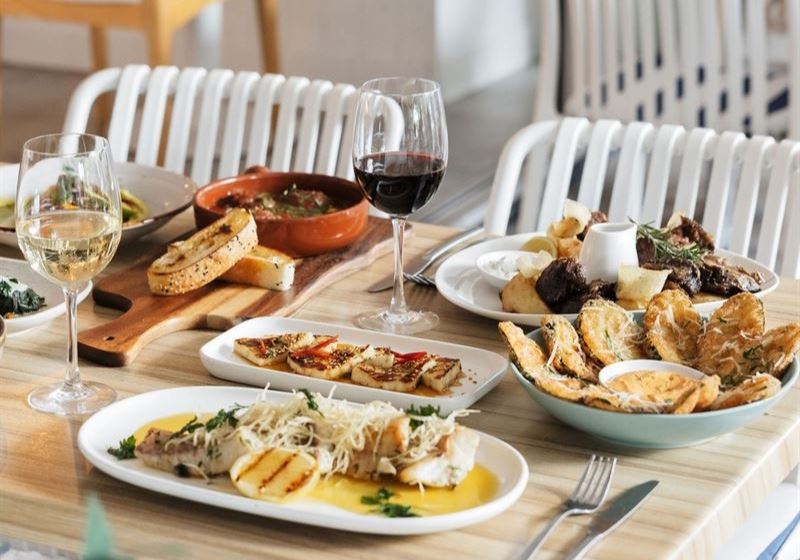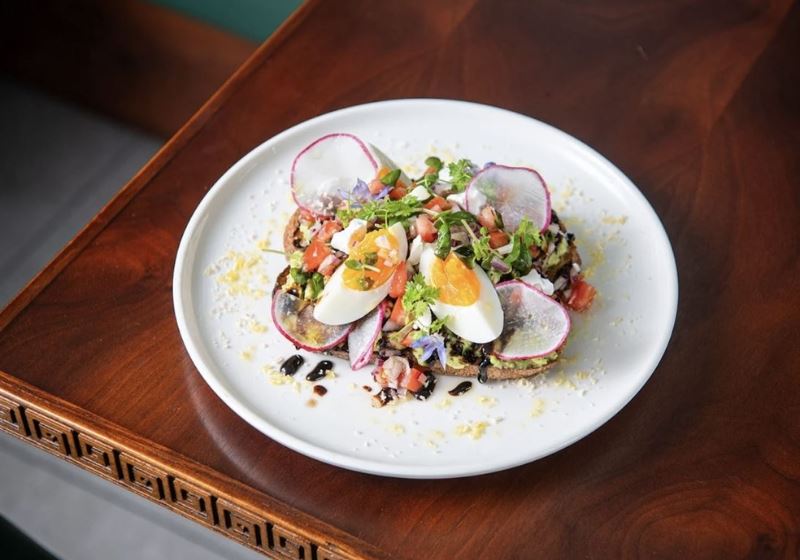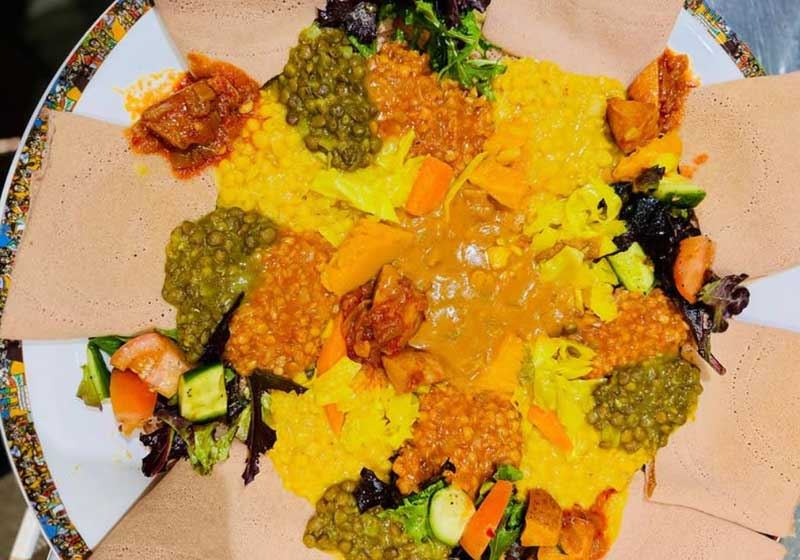By Marie-Antoinette Issa.
Ethiopian cuisine is a feast for the senses - a riot of colour, spice and texture that has long fascinated travellers and food lovers alike.
While the country is famed for its rich stews and slow-cooked meats, there’s a compelling vegetarian side to the culinary story that often goes overlooked - and it’s nothing short of spectacular. Eating vegetarian in Ethiopia is not just a lifestyle choice; it is deeply woven into the country’s culture, religion and history.
Central to any Ethiopian meal is injera, the soft, spongy sourdough flatbread made from teff, a tiny nutrient-dense grain indigenous to the highlands. Injera isn’t just a vehicle for food - it is the heart of the meal, a communal canvas on which a variety of dishes, or wats, are artfully arranged.
Its slightly tangy flavour balances richly spiced stews and its unique texture makes it perfect for scooping up bites without the need for cutlery. For vegetarians, injera is a constant companion, its neutral comforting flavour providing the perfect backdrop for the vibrant plant-based dishes that are Ethiopia’s pride.
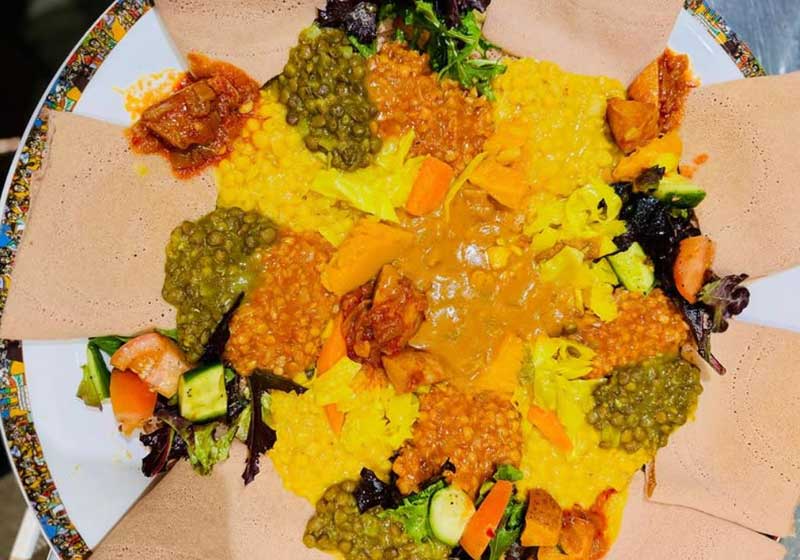
Vegetarian cuisine in Ethiopia is deeply influenced by the Ethiopian Orthodox Church, which mandates regular fasting periods where adherents abstain from all animal products. During these times, vegetarian - or more accurately vegan - dishes dominate the tables.
Shiro, a velvety chickpea or broad bean stew, is one of the most celebrated fasting foods. Slow-cooked with berbere spice, garlic and onions, it’s both hearty and deeply flavoursome, a testament to the fact that vegetarian food in Ethiopia is never bland or secondary - it’s central, satisfying and full of character.
Another standout is misir wat, a red lentil stew enriched with a fragrant blend of spices. Lentils simmered with onions, garlic, ginger and berbere create a dish that is simultaneously warming, earthy and fiery. For those new to Ethiopian food, misir wat is often the gateway to understanding the cuisine’s bold layered flavours.
Equally iconic is atkilt wat, a medley of cabbage, carrots and potatoes slowly cooked until tender, seasoned with turmeric and mild chilli. Together with injera, these dishes create a colourful balanced plate that’s as much a visual delight as a culinary one.
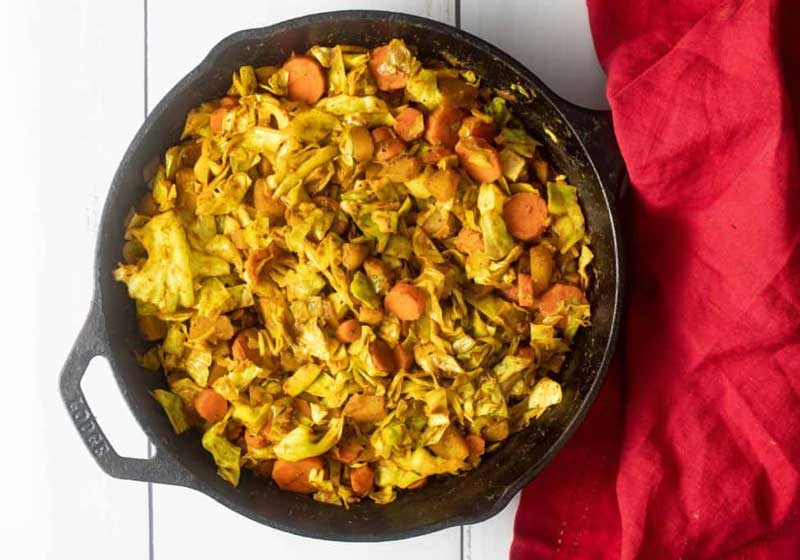
Vegetables, pulses and legumes dominate the vegetarian repertoire, often presented as a sampler platter called a ‘beyaynetu’. This assortment might include shiro, misir wat, atkilt wat and gomen - collard greens sautéed with garlic and seasoned with a hint of chilli.
Eating from a beyaynetu is a communal experience: diners gather around a large injera base, dipping and sharing, forging connection through food. It is this ritual, as much as the flavours themselves, that captures the essence of Ethiopian dining.
Ethiopian cuisine also celebrates seasonal and local produce, with root vegetables, leafy greens, pulses and legumes taking pride of place. Herbs and spices are used generously but thoughtfully, enhancing rather than overwhelming the natural flavours.
Cardamom, ginger and cumin frequently make appearances, often paired with the fiery heat of berbere to create a depth of flavour that’s both comforting and exhilarating.
For vegetarians visiting or cooking Ethiopian dishes at home, the cuisine is an education in patience, spice and sharing. Each dish tells a story: of fasting and feasting, of communal tables and cultural tradition and of a culinary philosophy that elevates plant-based food to a form of art. It’s a cuisine where vegetables aren’t fillers - they are the heroes, slow-cooked, spiced and celebrated for their taste, texture and timelessness.
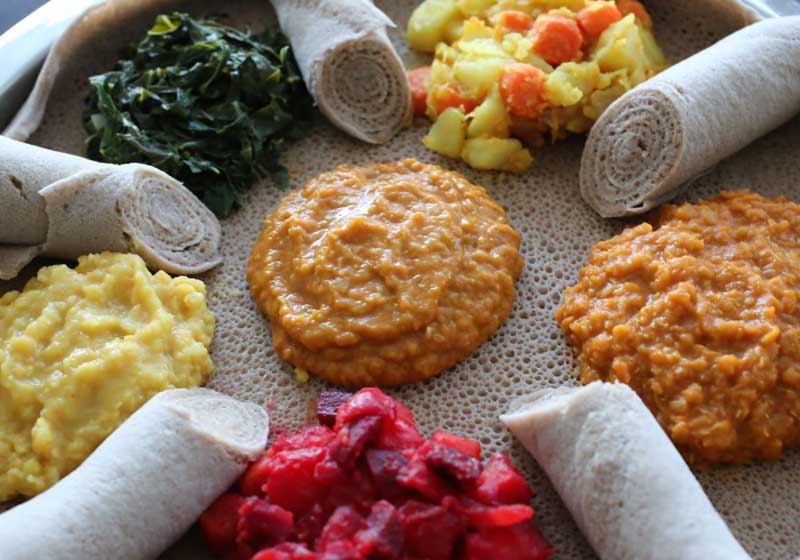
Whether you’re enjoying a beyaynetu in Addis Ababa or recreating shiro and misir wat at home, vegetarian Ethiopian food offers a rich tapestry of flavours and history. It’s bold, hearty and deeply satisfying - a reminder that plant-based cuisine, when treated with care and respect, can be as indulgent, intricate and culturally resonant as any meat-based feast.
Eating like an Ethiopian is not just about sustenance; it’s about embracing a tradition where food nourishes the body, connects people and honours the rhythms of life itself.
